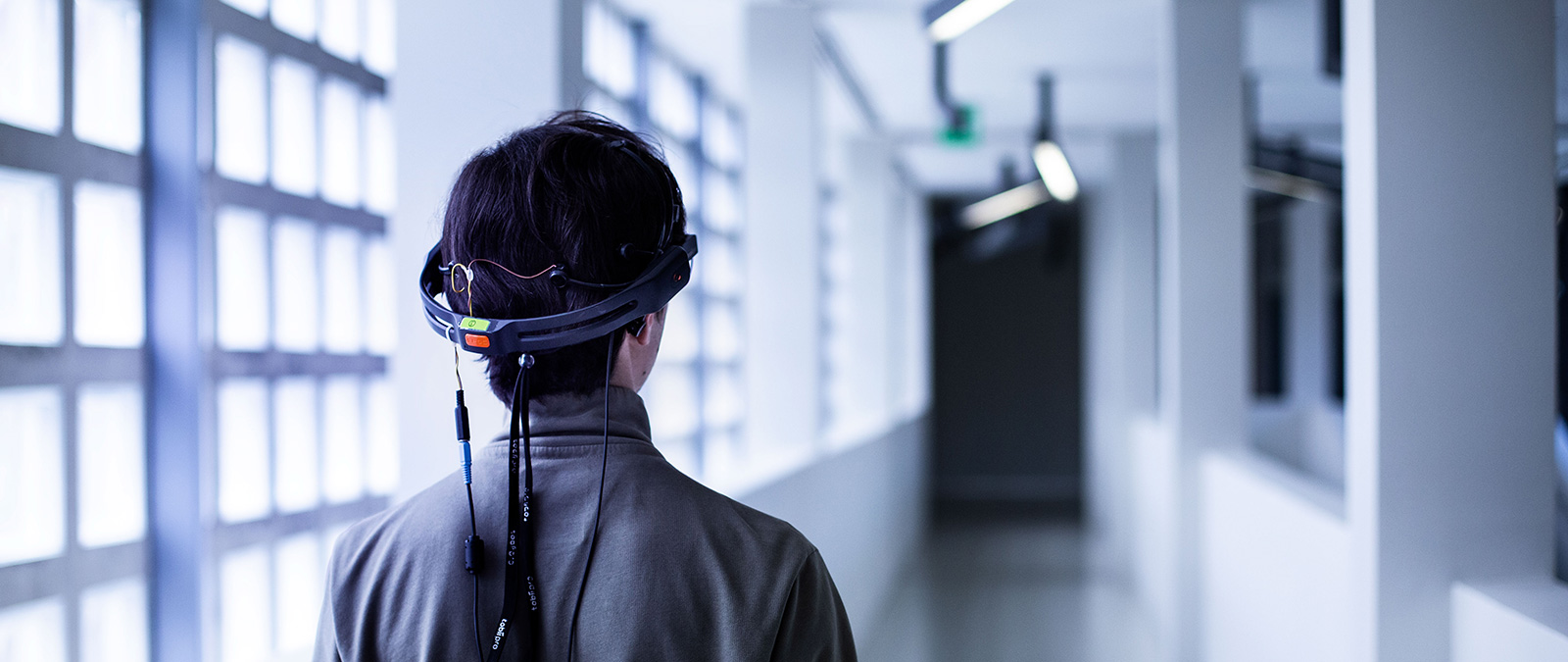
Interartes: mimetic hypertextuality between rewrites and allographed continuations
Year
Preliminary remarks
In recent decades, there has been an increase in the number of publications that can be attributed to the field of transtestuality, a conscious re-use of themes and subjects. The practice, completely normal between seventeenth and eighteenth centuries, was interrupted in the Romantic era, but resumed in the second half of the twentieth century in a disruptive way until it became, today, a real fashion.
Canonical examples of rewriting are obviously literary myths. Don Juan, Faust, Carmen, Robinson Crusoe have become universal characters, certainly for the myths they have been made of since the beginning, but it is legitimate to wonder if the myths would have been enough without the rewrites, the plagiarism and the continuations of which they have been subject over the centuries. For this reason, it is good not to underestimate what today tends to be dismissed with polite disinterest or listed as a simple socio-cultural epiphenomenon.
Criticism. State of the art
Among the critical tendencies that have characterized literary reflection from the mid-1980s to the present day, two, antithetical to each other, are to be considered for this project: postmodernism, although in a phase of exhaustion, and the formation of the canon. While postmodernism has made it clear that no artwork is for its own sake, but takes on a meaning in relation to a series of other texts, from which it draws the lifeblood to create its own uniqueness. On the other hand, the numerous reflections on the concept of the literary canon, produced from the 1990s to the present day, go precisely to evaluate, and select, with the inevitable exclusions, a series of works whose "value" (concept much discussed, of course) and singularity is highlighted.
The study of literature, and artistic expressions in general, of a "second-degree", cannot ignore these two critical tendencies.
Delimitation of the field of investigation
If the field of transtestuality is already extensively studied in its meaning in relation to intertextuality tout court, which will therefore be excluded, there is still ample room for investigation for the part consisting of the conscious re-use of themes and subjects, called by Genette "mimetic hypertextuality".
In order to clearly limit the theme, and to organise it in a field that has its own organicity, only the works from 1970 to the present will be considered, and excluding pastiches and parodies to focus on three well-defined sectors within the macrocategory of allographical mimetic hypertexts: rewritings, suites and continuations, transpositions.
Methods
Each of these categories concerning displacement opens up the need to delve into different levels, each of which carries a specific methodology:
- textual (which includes theoretical, historical and literary methodologies, including case studies, comparatistics)
- socio-cultural
- encyclopaedic, to the extent that this type of product not only exploits but needs a continuous and constant extension of references
- editorial (the editorial channel through which the work is disseminated is in dialogue with a complex system)
- economic productive.
Objectives at the end of the two-year period:
- Configure the problem from a theoretical point of view, continuing Genette's research but beyond the strict observance of narration, which is not sufficient to account for artistic phenomena not exclusively textual.
- Provide a mapping of the poetics that have explicitly addressed the theme and the methods adopted that go beyond the formalization of Genette, now insufficient to saturate the types.
- Present a series of application studies on the subject, to be converged into a publication, half of them obtained through call for papers. It is intended to subject all studies to double-blind evaluation.
The scientific feasibility of the project is guaranteed by the collaboration of researchers belonging to the disciplinary areas involved:
- comparative literature
- English, French, German, Italian, Spanish and Italian literature
- musicology
- cinema
- new media
Internationalisation :
- Universidad Complutense of Madrid
- Université Paris III Sorbonne Nouvelle
- Université Blaise Pascal (Clermont-Ferrand)
Co-financing:
Ongoing negotiations for CELIS: Centre de Recherche sur les Littératures et la Sociopoétique to join the project. Université Clermont-Auvergne, Clermont-Ferrand, University Ca' Foscari Venice
The project has a duration of two years. The research work must be completed by October 2019. A publication in volumes (monograph) will be produced.